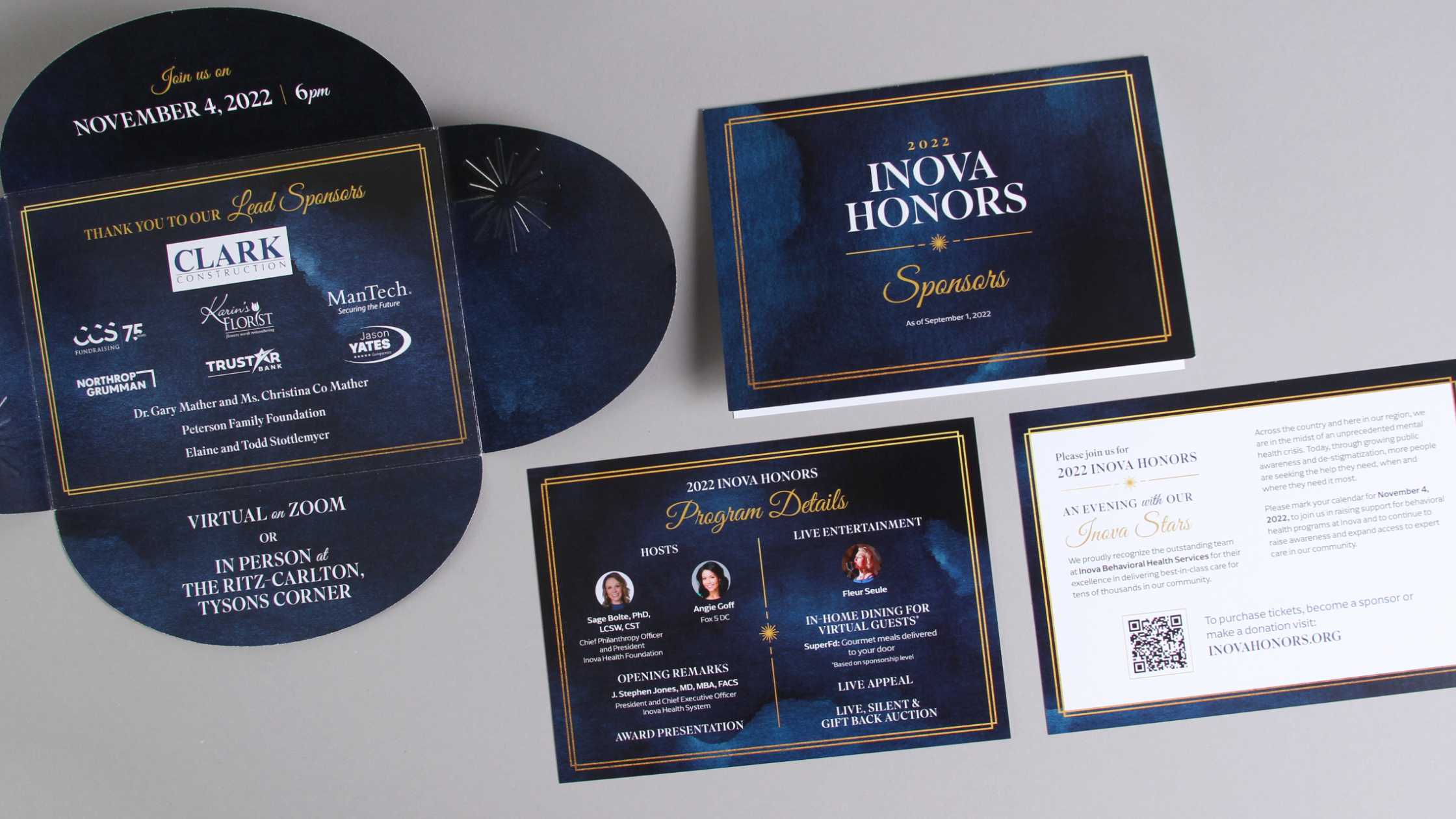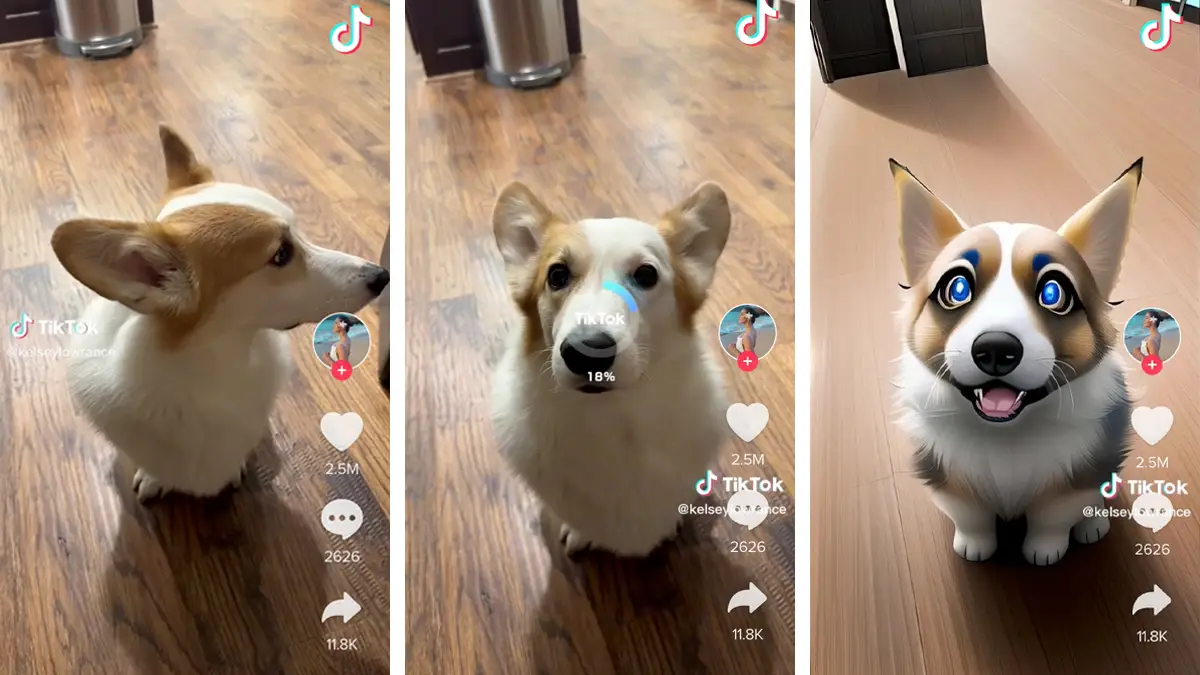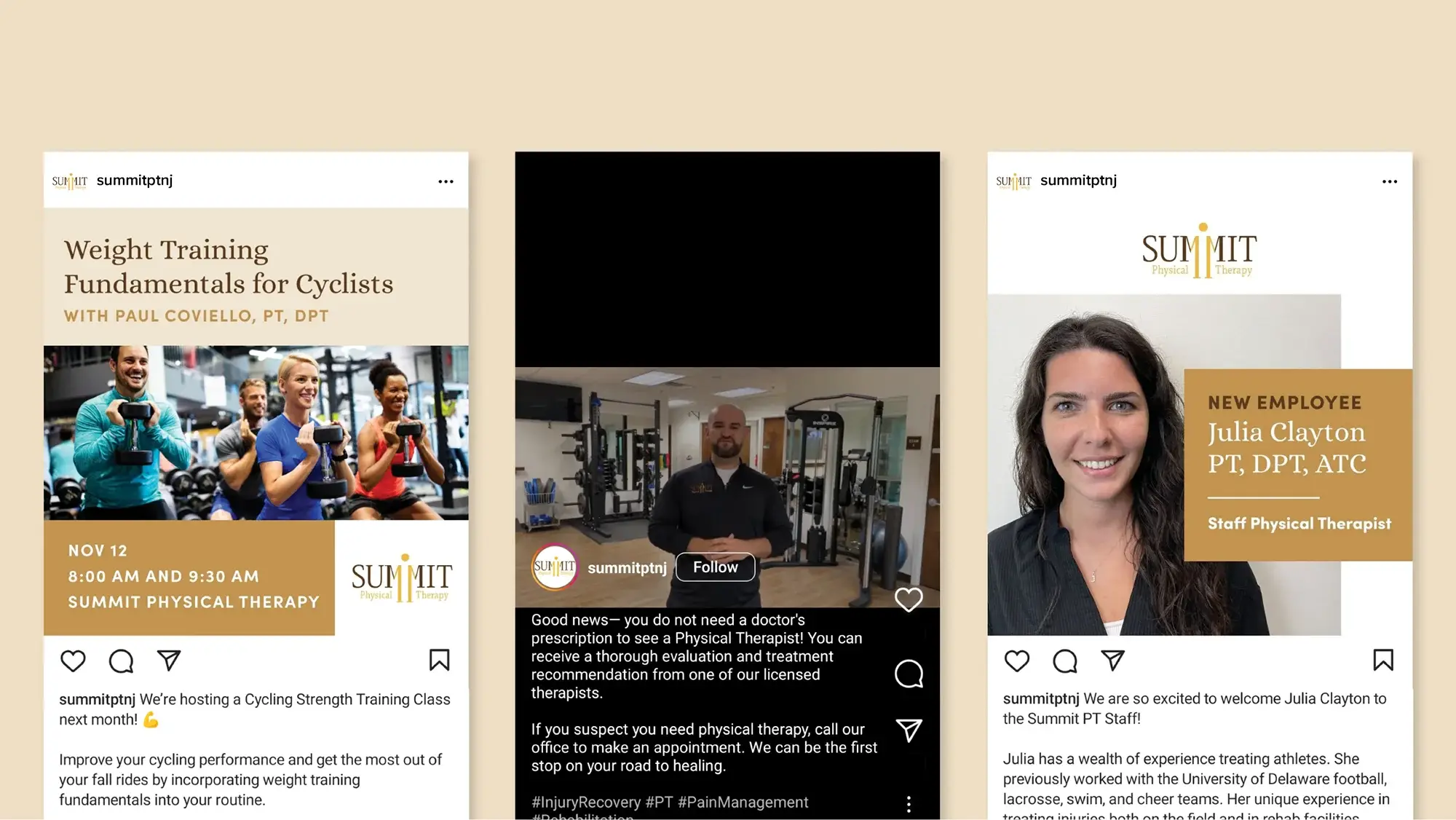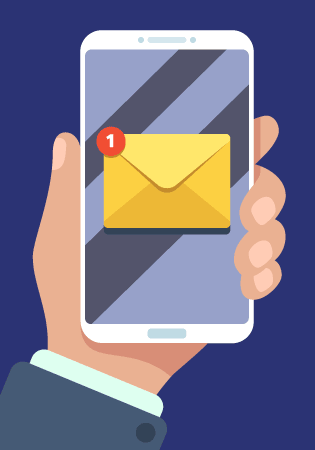When you think about the beginning of QR Codes, you probably have to think back to 2009 or even 2008, a time when smartphones were just starting to blossom. Mobile websites were for the cutting edge, and apps were a fun novelty. A marketing QR code was a great idea because scanning one with your phone would easily take you to a website: no typing required (in theory).
In practice, trying to scan a QR Code with 2008 technology was a nightmare.
Companies were linking to web pages that were not mobile optimized, causing a bad user experience and leading people of the time to abandon QR codes. Despite that rough start, QR codes have now shown themselves to be incredibly versatile tools. We’ve all grown accustomed to using them for menus in restaurants, and they can also be an easy way to bring customers to the point of sale. For an event or concert ad on a train, pointing your phone’s camera at the marketing QR code could take you directly to the ticket-buying portal, making the experience fast and easy. These are very basic and recognizable ways to use QR codes, and there are increasingly sophisticated ways to use them in marketing as well. In fact, interactivity is so effective that it belongs in your marketing plan while keeping several very important factors in mind.
Pro-tip: Marketing QR codes need a mobile-first landing page
From a marketing perspective, the more specific the landing page experience the better. Pointing someone to your main URL is a waste of a QR code. Instead, for example, flyers or brochures for a unique service could have a marketing QR code that brings a user to a very specific landing page that expands upon the brochure, takes a survey, or leads directly to a desired call to action, all on the user’s phone. This gives you the unique opportunity to design a mobile-friendly experience that will “wow” a potential client or customer. Marketing QR codes of the past failed because the actual web experience was awful. QR codes of the present have a better chance of succeeding if the landing page is mobile-first, gorgeous, and easy to use.
QR codes are great for fundraising

Printed fundraising materials like mailers, gala invitations, appeal letters, or even annual reports can gain added functionality with QR codes. For not-for-profits, the code can lead right to compelling videos that tell stories about their cause, interviews with donors who made a difference, or inspiring plans for the future, with a “Donate” button featured throughout. Recently, our client, Inova Health Foundation, asked us to create a QR code for their gala invitation. The code could be used to purchase tickets to the gala, become a sponsor for the event, or make a donation. QR codes bring a world of storytelling to your fundraising efforts, and just like that, your beautifully designed trifold mailer becomes an interactive tool.
QR codes capture valuable information
There are many ways to gather and use the information gleaned from a QR code. For instance, at a trade show, having a special opportunity linked via a QR code could be massively effective. If attendees scan the code, they get entered into a raffle for that day, and you collect their email addresses in the process. Or a vendor at a farmer’s market could eliminate their sign-up clipboard by having a QR code their customers can scan if they want to sign up for their email list. Once you have those leads, you can create an automated follow-up campaign.
QR codes give you analytics
You can even use a dynamic QR code which will offer tracking metrics. This means any place you put a QR code – a label, a menu, a map – becomes a digital marketing tool. When the users scan and reach the desired content, you get real-time data in your dashboard letting you know when and where you reached that person. Did they scan the billboard on Main Street or the smaller sign at the bus stop across town? Your QR code will tell you.
QR and AR in marketing campaigns

Source: @kelseylowrance
QR codes can also be found in a fancy new package: Augmented Reality (AR). AR is composed of a digital component and a real-world component. The idea is an app on your phone augments a real-world component in some way. A very recognizable example of AR is TikTok filters: yes, turning your face into an Anime avatar is considered Augmented Reality. It’s not only fun, but it brings in cash for the filter creators or the brands they partner with. The power of AR to capture our attention is what makes it so attractive to marketers.
QR Codes belong in your next advertising initiative
QR codes represent the beginning of a new, more facile way of marketing. The codes can bring many types of experiences or opportunities right to a phone, which means they are an important part of any marketing plan. At Trillion, we’re bursting with ideas for marketing, branding, and web design. As your marketing and design partner, we can create a unique campaign for your organization with QR codes and mobile-first landing pages. Fill out our contact form or give us a call at 908.219.4703.






